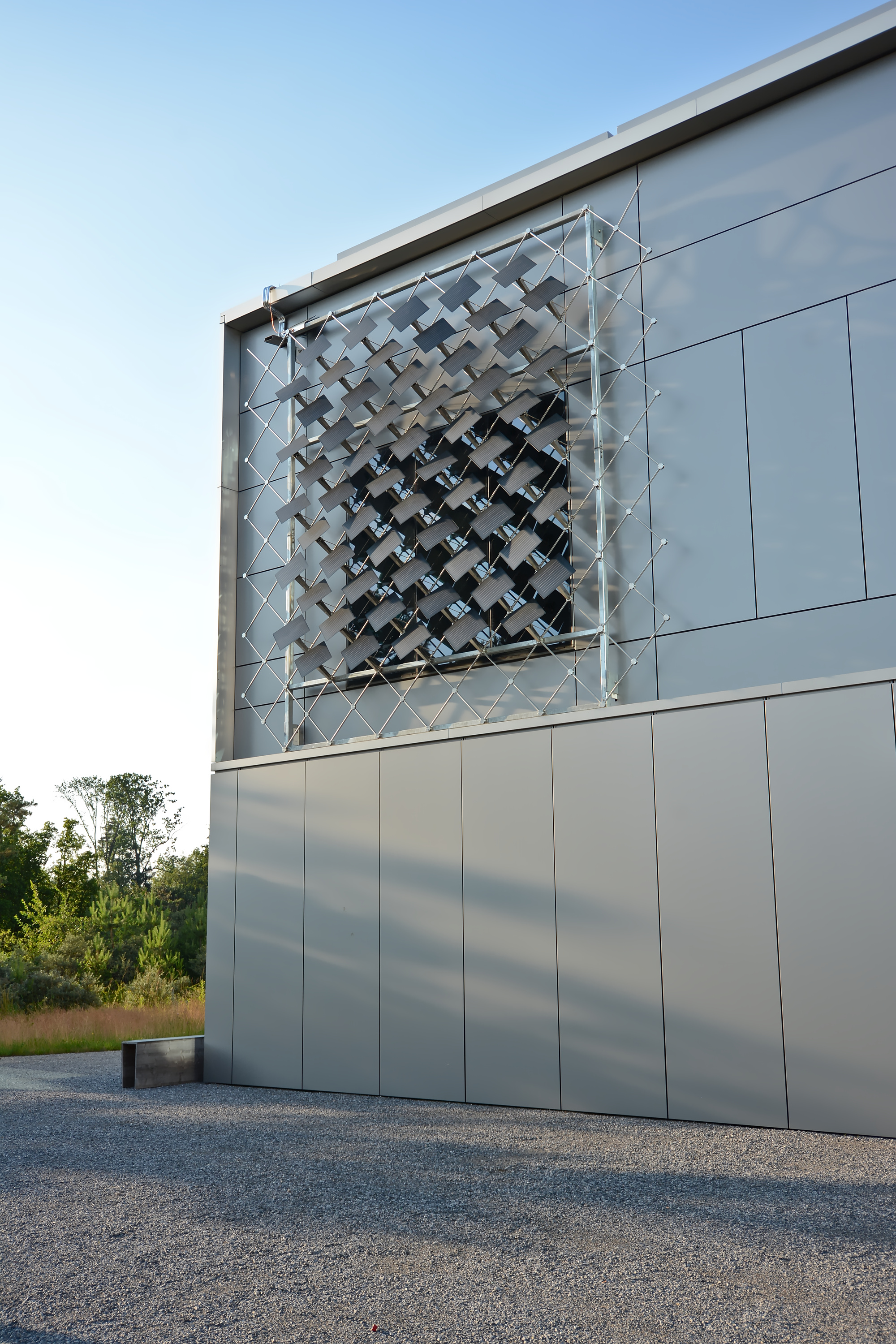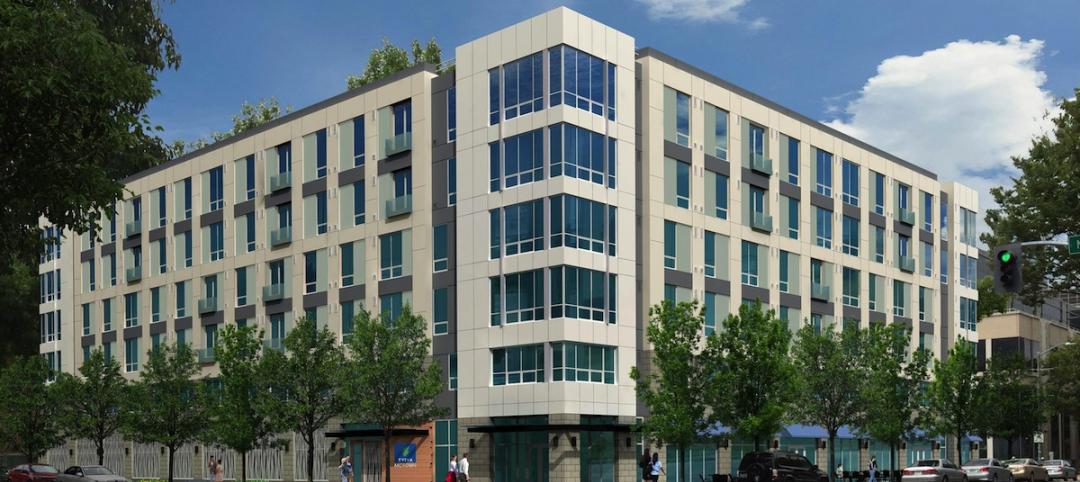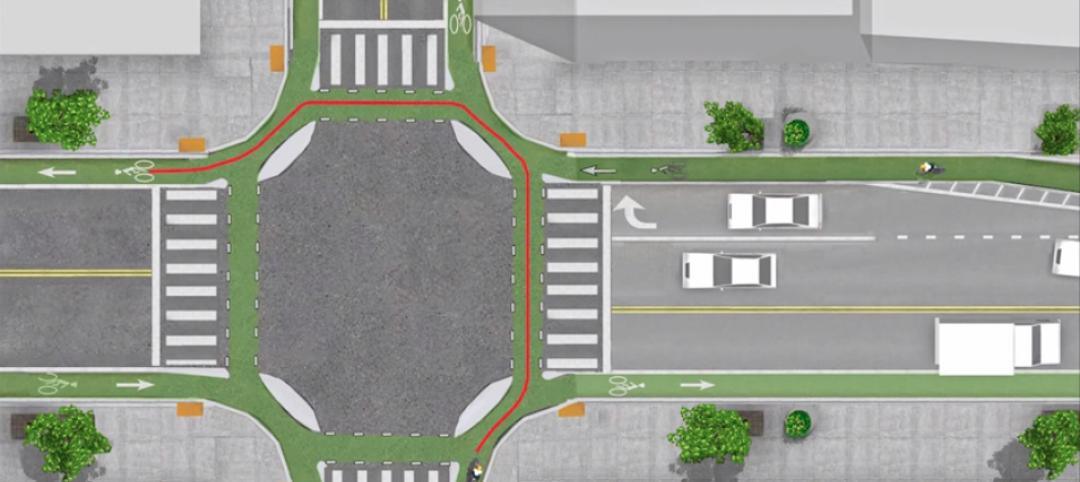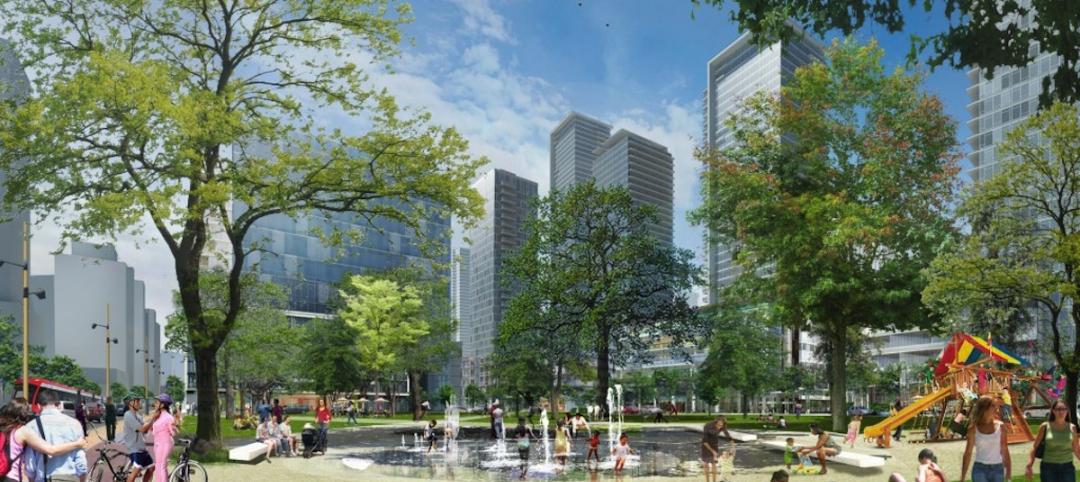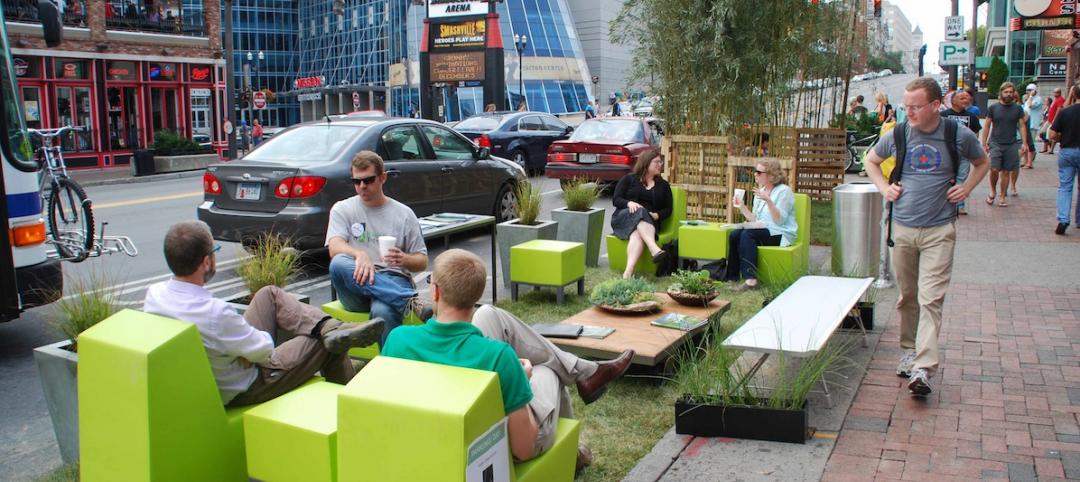A Swiss startup, Zurich Soft Robotics, has devised a photovoltaic façade that tracks and moves with the sun. The company calls Solskin the first commercially available intelligent climate-adaptive building envelope.
Developed by architects and robotics researchers at Swiss research university ETH Zurich, the Solskin hardware comprises adjustable photovoltaic modules that serve a dual purpose: producing renewable electricity while also shading the interior.
The PV modules are mounted on a modular structure that includes all the wiring. The dynamic, lightweight system can be used on both new buildings and façade renovations. Through testing, the team also has confirmed the system’s extreme weather resistance.
When placed in front of a building’s windows, Solskin can reduce building energy consumption by up to 80%, according to ETH research. The solar-tracking modules produce up to 40% more electricity than comparable façade systems. In some cases, such as a south-facing glazed office space in Zurich, the Solskin system can cover the building’s entire energy consumption.
Zurich Soft Robotics’ recent innovation, Solskin AI, makes the system even smarter by leveraging predictive self-learning algorithms. With Solskin AI, the system can control the position of the solar modules in real time—achieving optimal energy efficiency and ensuring the comfort of occupants behind the Solskin facades. The use of AI helps address user preferences, weather conditions, and energy consumption.
Solskin’s moving elements constantly adapt to the environment, leading to increased comfort and reduced energy consumption—which will become increasingly critical with climate change.
All Solskin systems will have continuous AI updates, ensuring the energy-efficient, intelligent building envelopes are always up to date, with a focus on longevity and sustainability.
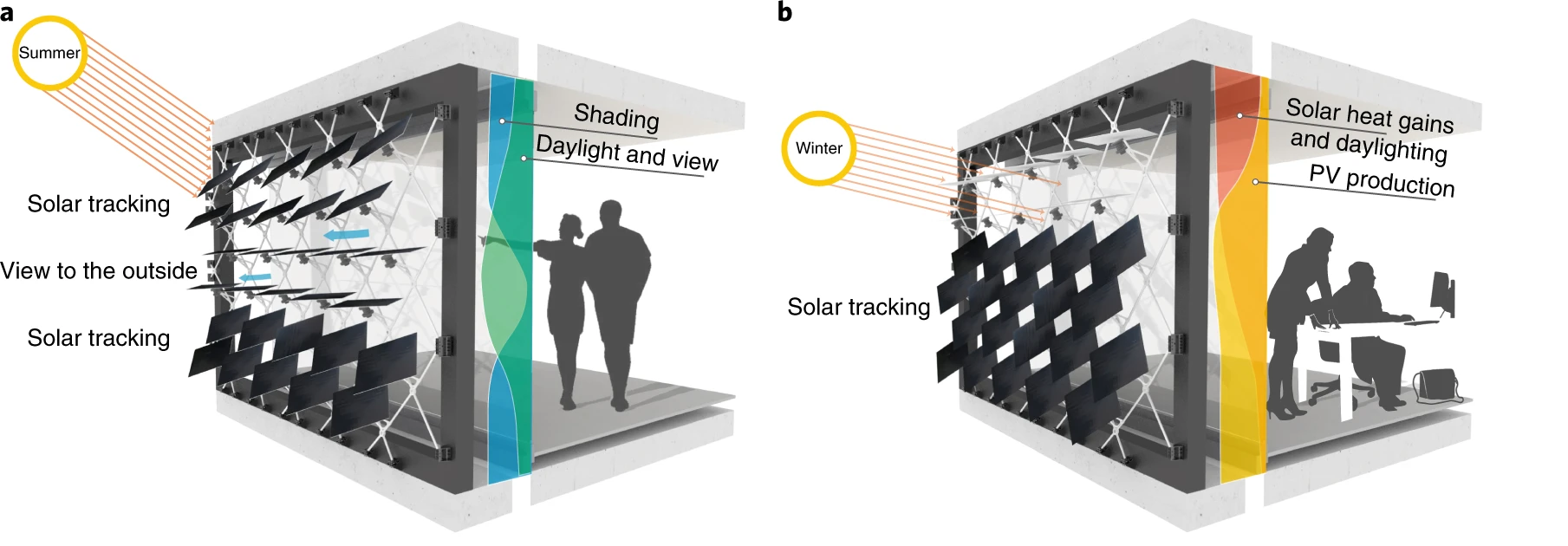
Related Stories
Smart Buildings | Jun 4, 2015
Evidence suggests wider lanes make city streets more dangerous
Lanes that are 10.5 feet wide have lower side impact crashes than standard 12-foot lanes, suggests new research.
BIM and Information Technology | Jun 3, 2015
More accurate GPS ready to change the way we shop, interact, and explore
New technology reduces location errors from the size of a car to the size of a nickel—a 100 times increase in accuracy. This is a major technological breakthrough that will affect how we interact with environments, the places we shop, and entertainment venues.
Multifamily Housing | Jun 1, 2015
Sacramento moves forward on multifamily project with new modular supplier
Guerdon Modular Buildings will provide modules for 118 apartments.
| May 29, 2015
Austin, Salt Lake City, Davis, Calif., and Boston creating first protected intersections in U.S.
Protected intersections arrange traffic so that everyone—bicyclists included—can see all moving traffic simply by looking forward instead of forcing people in cars and on bikes to look constantly over their shoulders.
Smart Buildings | May 28, 2015
4 ways cold-climate cities can make the most of their waterfronts
Though cold-climate cities pose a unique challenge for waterfront development, with effective planning waterfront cities with freezing winter months can still take advantage of the spaces year-round.
Multifamily Housing | May 28, 2015
Census Bureau: 10 U.S. cities now have one million people or more
California and Texas each have three of the one-million-plus cities.
Smart Buildings | May 27, 2015
Tactical urbanism: Why bigger isn’t always better in urban revitalization
A budding urban planning movement that is sprouting in cities across the globe proves that low-cost, small-scale, community-driven projects have the power to effect positive change.
Healthcare Facilities | May 27, 2015
Roadmap for creating an effective sustainability program in healthcare environments
With a constant drive for operational efficiencies and reduction of costs under an outcome-based healthcare environment, there are increasing pressures to ensure that sustainability initiatives are not only cost effective, but socially and environmentally responsible. CBRE's Dyann Hamilton offers tips on establishing a strong program.
Healthcare Facilities | May 27, 2015
Rochester, Minn., looks to escape Twin Cities’ shadow with $6.5 billion biotech development
The 20-year plan would also be a boon to Mayo Clinic, this city’s best-known address.
BIM and Information Technology | May 26, 2015
Moore's Law and the future of urban design
SmithGroupJJR's Stephen Conschafter, urban designer and planner, discusses his thoughts on the 50th anniversary of Moore's Law and how technology is transforming urban design.


